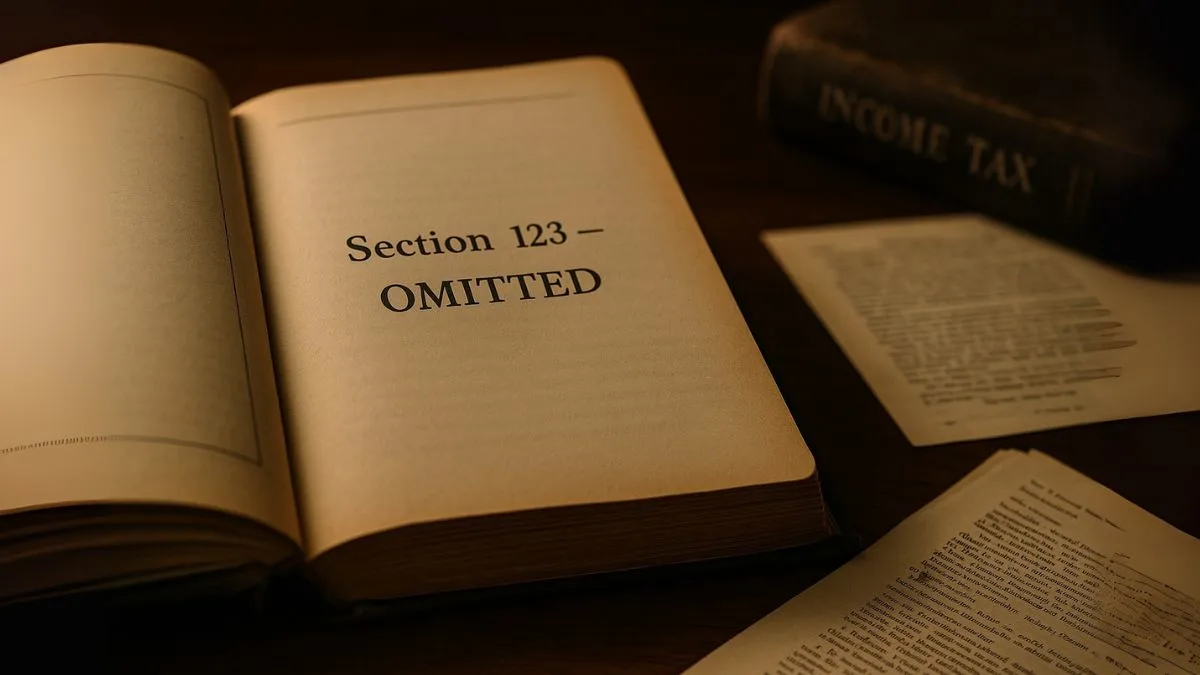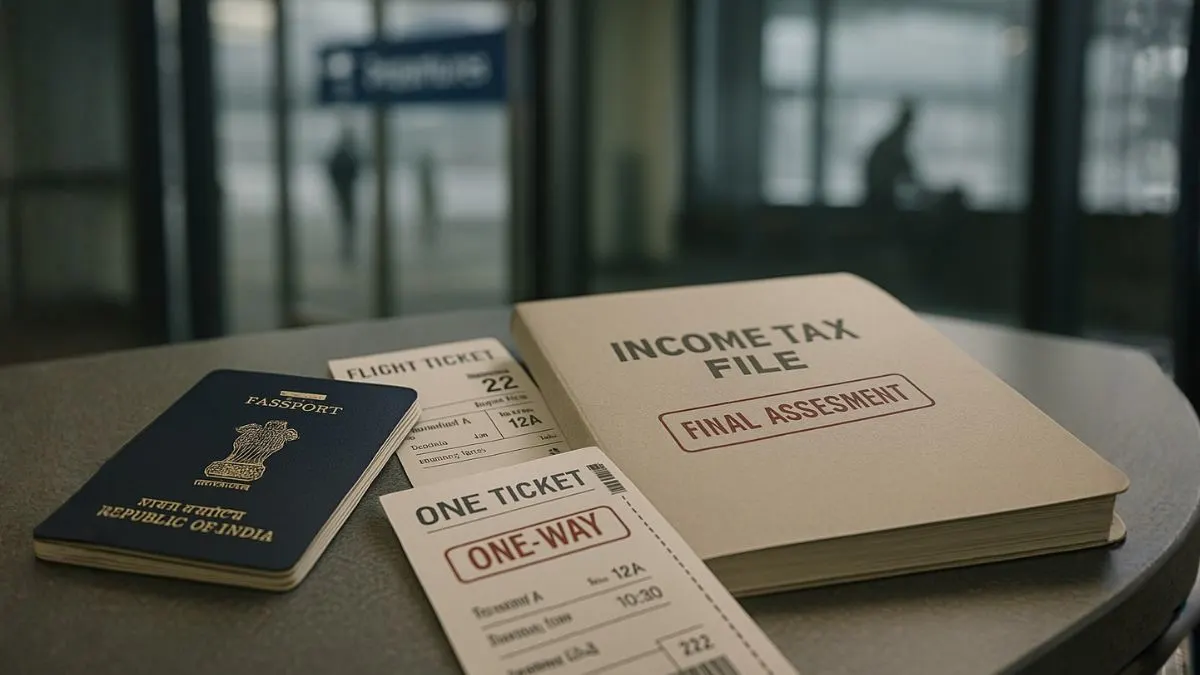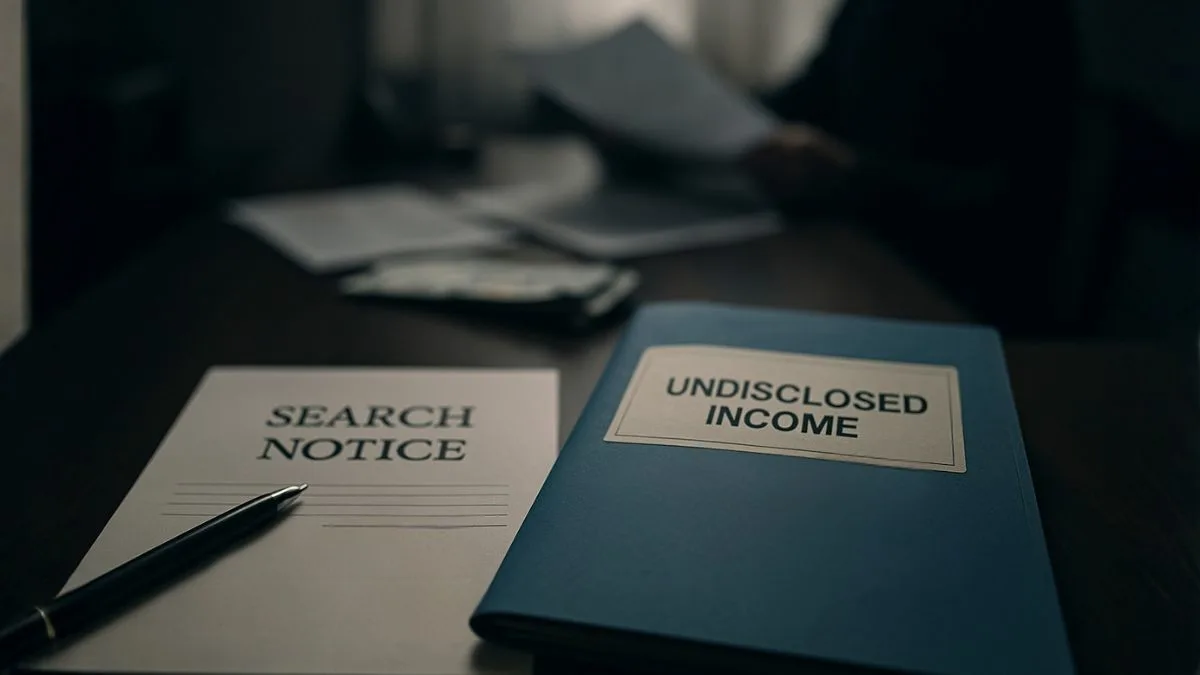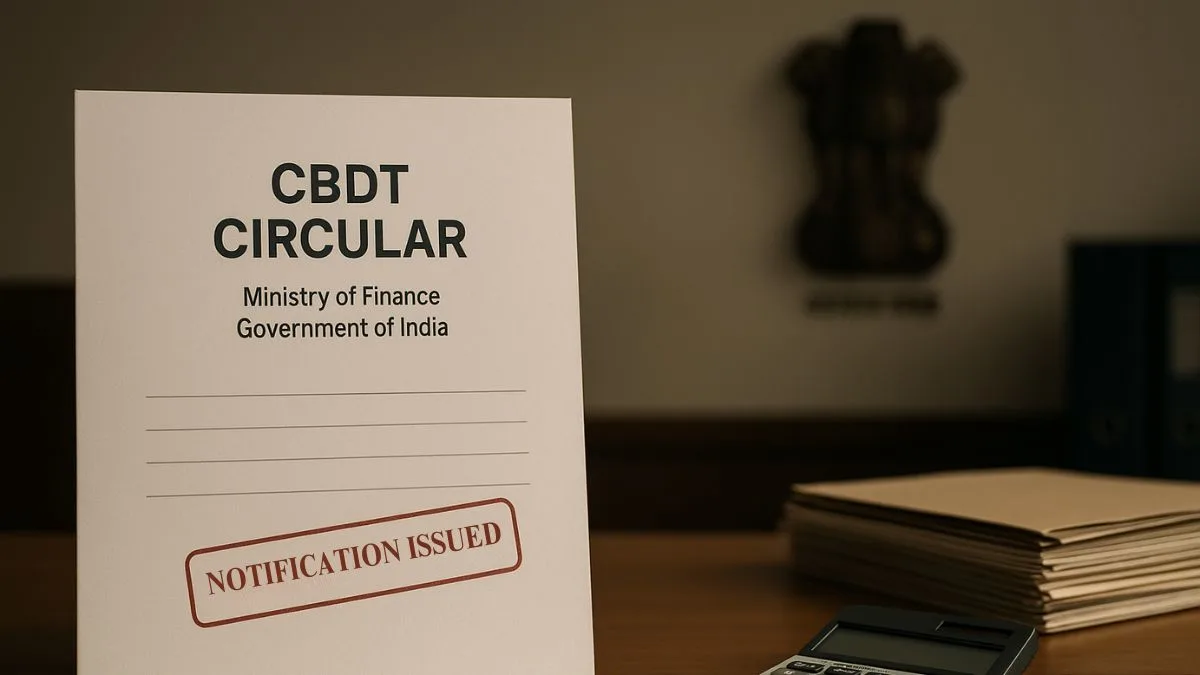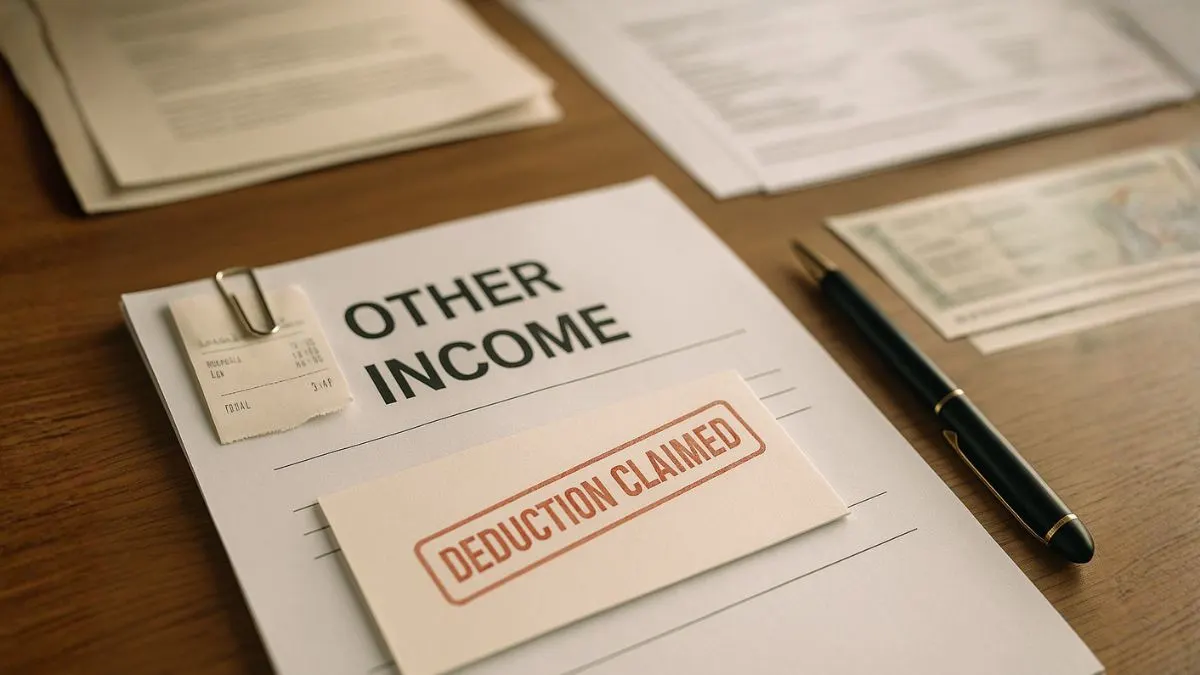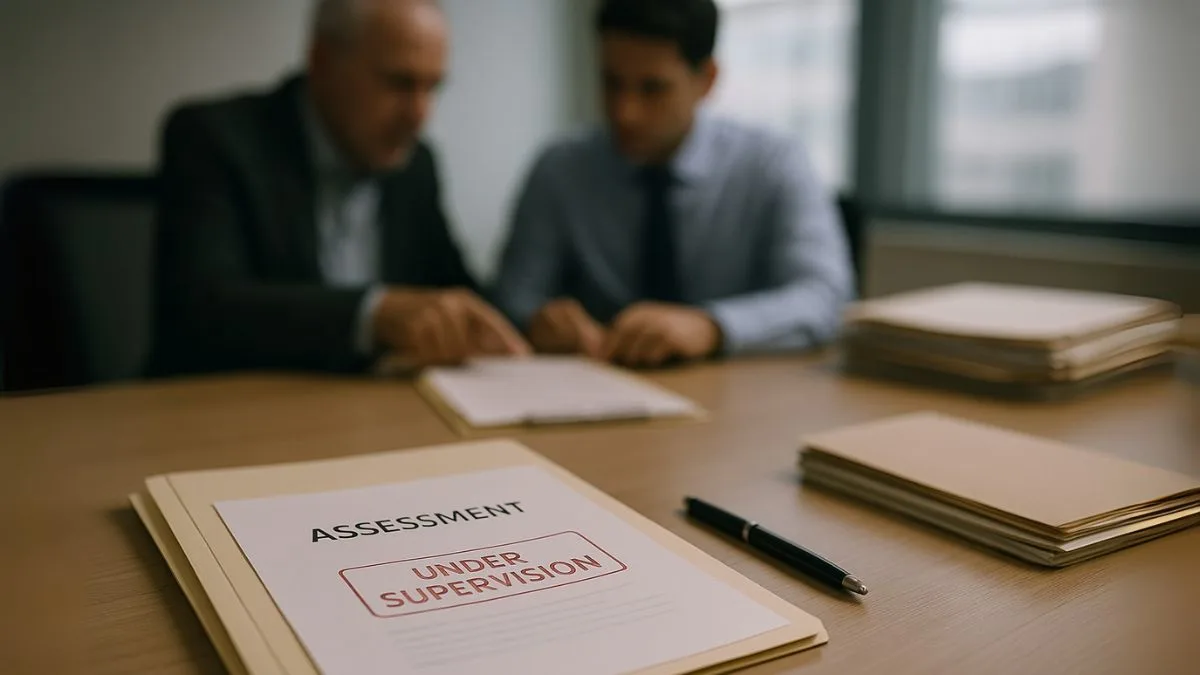
In income tax assessments, fairness and supervision go hand in hand.
While the Assessing Officer (AO) handles the groundwork, the law also allows senior officers to step in whenever guidance is needed.
That’s exactly what Section 144A does — it lets the Joint Commissioner (JCIT) or Additional Commissioner (Addl. CIT) issue directions in ongoing cases, making sure assessments are not just quick but also correct.
Objective of Section 144A
The purpose of Section 144A is simple — supervision before correction becomes necessary.
When assessments get complex or involve large sums, even experienced officers can face tricky interpretations.
To avoid mistakes or unfair conclusions, a senior officer can step in, study the facts, and guide the AO in the right direction.
This helps both sides:
- The taxpayer, who gets a fair hearing, and
- The department, which ensures that tax assessments follow the law and procedure properly.
In a way, Section 144A acts like an early audit of the assessment process itself.
Who Holds the Power
This section gives powers to:
- Joint Commissioner of Income Tax (JCIT), or
- Additional Commissioner of Income Tax (Addl. CIT)
They supervise the AO’s work and can issue written directions when necessary.
But remember — this power is not absolute. Every instruction must stay within the boundary of law and fairness.
Also Read: A Complete Guide to the Faceless Assessment Scheme
When Section 144A Can Be Invoked
Section 144A can come into play in three ways:
1️⃣ On the officer’s own motion (suo motu) – when the JCIT feels the case needs intervention.
2️⃣ On a reference by the AO – when the AO seeks help in complicated or doubtful matters.
3️⃣ On an application by the assessee – when the taxpayer requests oversight, believing that the AO’s approach might cause an unfair outcome.
This flexibility ensures that both the taxpayer and the department can ask for guidance where needed.
Nature of Directions Under Section 144A
The directions under Section 144A are advisory and procedural, not final or binding on the conclusion itself.
They may cover things like:
- How the AO should investigate further,
- What evidence or records to call for, or
- How to interpret a particular claim or deduction.
However — and this is important —
👉 No direction that can harm or prejudice the taxpayer can be issued without giving them a fair chance to explain.
So, while the JCIT can guide the AO, the final decision still rests with the AO. That’s how balance is maintained.
Example
Let’s take a simple case.
Suppose an AO is examining a company’s cross-border transactions & isn’t sure whether transfer pricing rules apply.
The AO may refer the case to the JCIT.
The JCIT, using Section 144A, can then instruct the AO to collect more data, obtain transfer pricing documentation, or even refer it to a Transfer Pricing Officer.
This ensures the final assessment is strong on both law and facts.
Safeguards for Taxpayers
To keep this power from being misused, Section 144A has a few clear safeguards:
- All directions must be in writing & become part of the official record.
- If a direction could adversely affect the taxpayer, the JCIT must provide an opportunity of hearing.
- The AO, despite receiving directions, remains the authority to pass the assessment order."
In other words — guidance is allowed, control isn’t.
Also Read: A Complete Guide to Draft Assessment and Dispute Resolution Panel (DRP)
Difference Between Section 144A, 263, and 264
|
Parameter |
Section 144A |
Section 263 |
Section 264 |
|
Authority |
JCIT / Addl. CIT |
Principal Commissioner / Commissioner |
Commissioner |
|
Stage |
Before completion of assessment |
After completion (to correct an erroneous order) |
After completion (for taxpayer’s benefit) |
|
Nature |
Preventive / Supervisory |
Corrective |
Remedial |
|
Purpose |
To guide and ensure fair assessment |
To revise incorrect orders |
To grant relief to taxpayer |
So, Section 144A is like a preventive measure; Sections 263 & 264 work after the assessment is done.
Role in Ensuring Tax Fairness
Many assessments involve multiple issues — from business deductions to classification of income. A single wrong interpretation can lead to years of litigation. Section 144A steps in early, allowing a senior officer to fix direction before errors grow.
This not only protects revenue but also builds taxpayer trust in the system.
When used well, it prevents unnecessary appeals & promotes transparent administration.
Judicial View
Courts have consistently clarified how Section 144A should be applied:
- Directions should be clarificatory, not controlling.
- The AO must follow the procedure but still decide independently.
- If the JCIT issues a direction without hearing the taxpayer, it can be held invalid in law.
The judiciary thus supports the section’s aim — supervision without interference.
Practical Impact
For taxpayers, Section 144A can sometimes act as a safety valve.
If they feel the AO is misinterpreting facts or applying the law unfairly, they can approach the JCIT for help.
It ensures that the assessment remains fair, transparent, and reason-based.
But this section shouldn’t be seen as a delay tactic — it’s meant for correction through oversight, not for stalling proceedings.
Real-Life Example
- Say a taxpayer’s expense claim is disallowed because the AO believes the supporting proof is insufficient.
- The assessee submits additional evidence & requests the JCIT’s intervention under Section 144A.
- After review, the JCIT may direct the AO to reconsider the evidence before finalizing the assessment.
This saves time, avoids appeals, and ensures a balanced outcome.
Also Read: Faceless Assessments, Powers, and Best Judgment
Section 144 vs Section 144A
|
Aspect |
Section 144 – Best Judgment Assessment |
Section 144A – Supervisory Direction |
|
Nature |
Punitive (used when taxpayer defaults) |
Preventive (used to guide AO) |
|
Purpose |
To estimate income where returns are missing |
To improve quality of assessment |
|
Timing |
After non-compliance |
During ongoing assessment |
So, Section 144A is more of a quality-control mechanism than a penal one.
Key Points in Summary
- Section 144A allows senior officers to step in & guide AOs in complex or sensitive assessments."
- The Joint Commissioner’s power can be used suo motu, on AO’s reference, or on the taxpayer’s request.
- Directions must be in writing and cannot prejudice the taxpayer without a fair hearing.
- The AO retains final authority to complete the assessment.
- It’s a preventive tool for ensuring fair, consistent, and transparent tax proceedings.
Conclusion
Section 144A of the Income Tax Act is a well-designed supervisory safeguard. It keeps assessments professional, fair, & accountable. By allowing a Joint Commissioner to issue directions where needed, it strengthens both tax administration and taxpayer confidence.
In short — it’s about doing the right thing before it becomes a dispute.
If your assessment involves complex issues or you’ve received a direction under Section 144A, don’t worry.
👉 Visit CallMyCA.com — our Chartered Accountants specialize in handling assessments, representations, & notices under the Income Tax Act.
We’ll guide you step by step — so your case stays compliant, well-represented, and fair.

